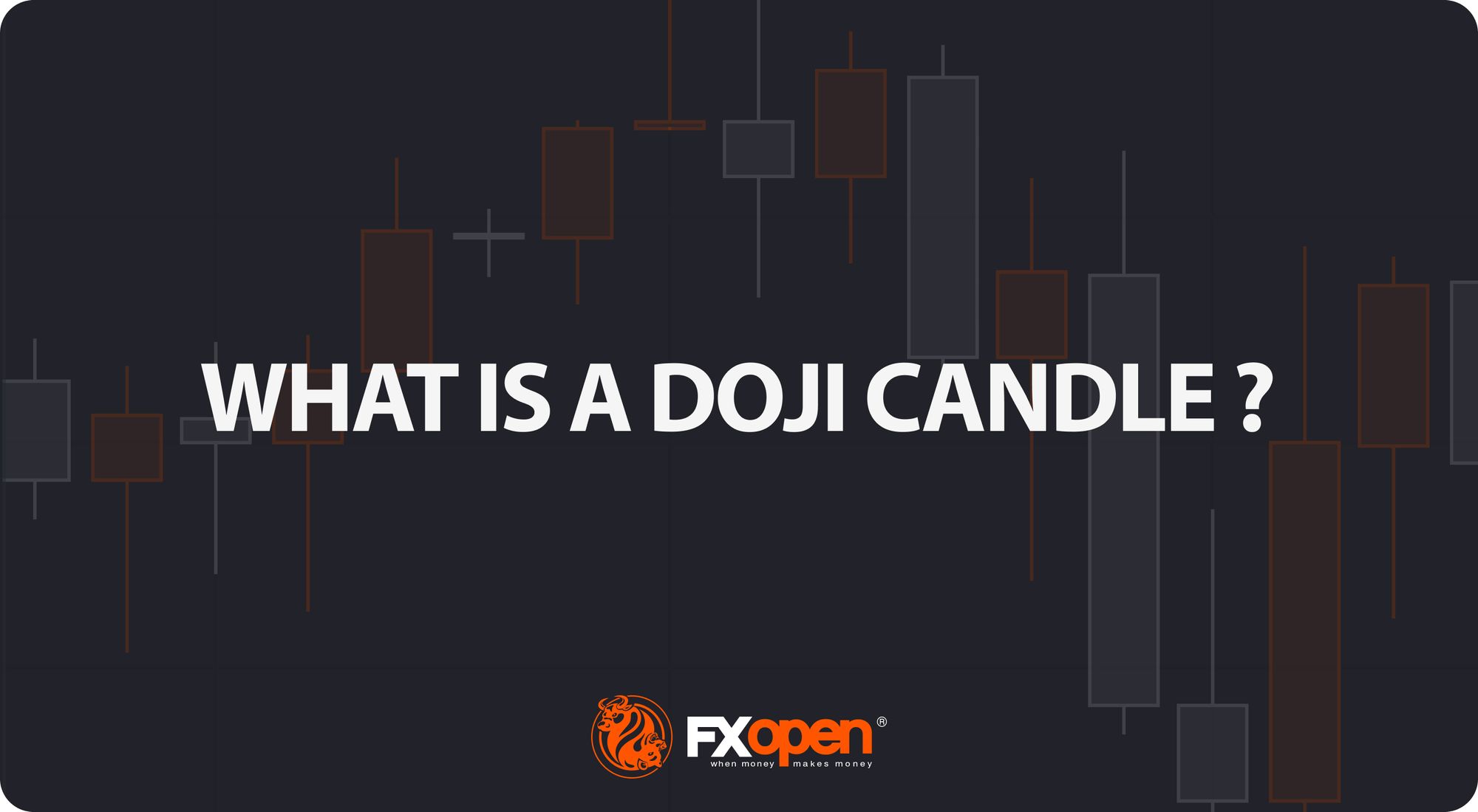FXOpen
There is a harmonic series in nature that describes algebraic curves or explains such phenomena as the horizon of the ocean or arcs of a sum.
For many phenomena we can find Fibonacci series, running as follows:
1,1,2,3,5,8,13,21,34,55,…,etc
The mathematical series is always associated with a constant ratio.
For short, let’s take the Greek letters PHI to stand for “Fibo” ratio: 1,618 (the golden number) and try to predict the next impulsive wave using the golden ratio.
The most prominent percentage indicators of PHI series are:
38.2% (the result of 0,618/1,618 division);
50% (which is a transformed ratio 1.000);
61.8% (the result of 1.000/1.618 division).
Studying each trading we shall be able to identify entry and exit points estimating each curve we’ve drawn. Normally prices have (WM)-movement.
Look how harmonic it is: if bull traders dominate, we can easily see an M shape– Gartley pattern (one of the harmonic patterns).
If bears are under control we can easily see a W – Gartley pattern.
Analyzing a historical pricing move, there are a lot of WM – movements.
There is a variation of price with relation to time dx/dt that defines one segment of the AB curve or wave 1, one BC segment or wave 2, one CD segment or wave 3 and so on.
Be careful with traps common for the foreign exchange market.
If the 1-2-3 pattern is bullish and solid, do not confuse it with a corrective bear trap. Why?
The answer is that when we find a solid supply zone there is no need to sell again. Every day we can observe a fixed supply and demand area.
You must be thinking: If there are harmonic waves with determined the size of a W or an M so, any trading might be easy. It’s not actually the case!
The chart above has a big bearish gartley (W).
The size of a wave depends on how greedy the bulls or bears are. Also media information and important fundamental news make prices go up.
In order to use the “Fibo” line, draw a point on the lowest price of a day and draw a point on the highest price of the same day. So you will have a 100% Daily High and a 0% Daily Low where prices will range with usual breakouts in this interval.
Example:
AUDUSD
If AUD had found a truely high or solid resistence, the wave would have started pointing down.
To detect how higher or lower the ultimate wave can be we may use Fibonacci ratio.
A commom pattern has five waves where 3 waves are impulvise and 2 of them are corretive. In order to understand how the correction behaves we need to draw a Fibonacci retracemement with the Daily Low and the Daily High. In other words, we need a parameter.
Statistically speaking, if you wish to forecast a dominant wave in the near future, it is important to observe the price history or dx.
For example:
In corrective waves we can find 38.2% of the first wave’s size.
If the corrective pattern extends your size too much, a new risk needs to be evaluated.
All in all, traders should focus on PHI-related sizes.
You shall place stop-loss on corrective patterns since the risks grow.
Stop loss can be set below 38.2% or 61.8%.
If we want to determine the latest target price on wave 5, just multiply the size of the first wave by 1,618 and you will find an approximation when finally the market reserves the trend.
You can aslo multiply the size of wave 3 by 0,618.
The article is written by Igor Titara and is participating in the Forex Article Contest. Good luck!
This article represents the opinion of the Companies operating under the FXOpen brand only. It is not to be construed as an offer, solicitation, or recommendation with respect to products and services provided by the Companies operating under the FXOpen brand, nor is it to be considered financial advice.
Stay ahead of the market!
Subscribe now to our mailing list and receive the latest market news and insights delivered directly to your inbox.








